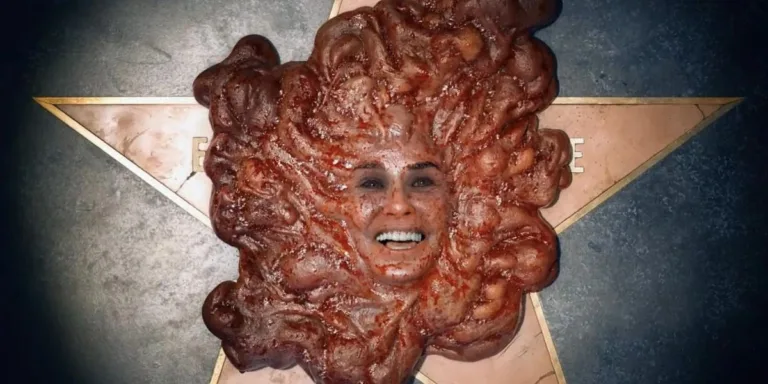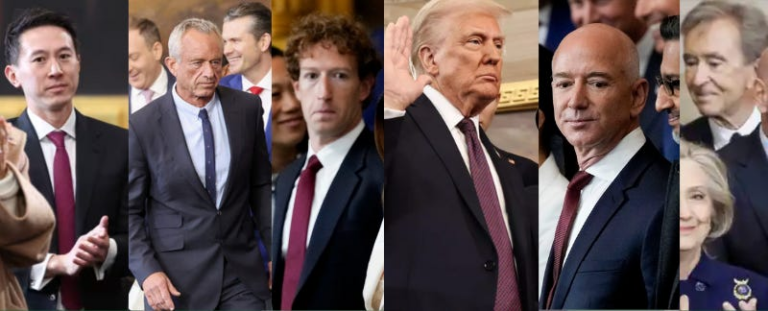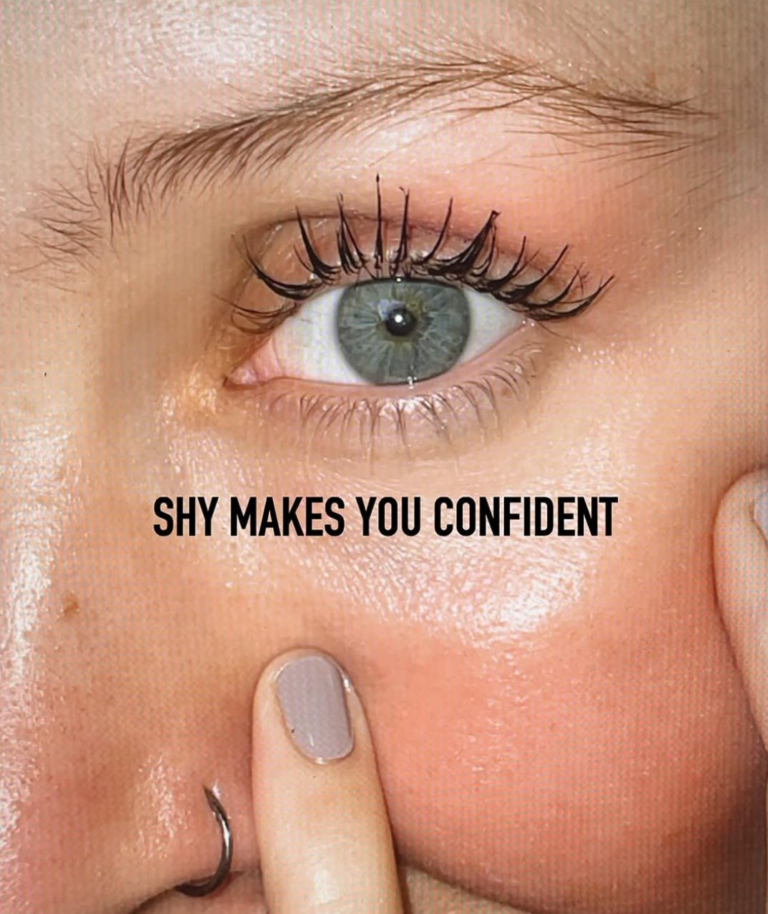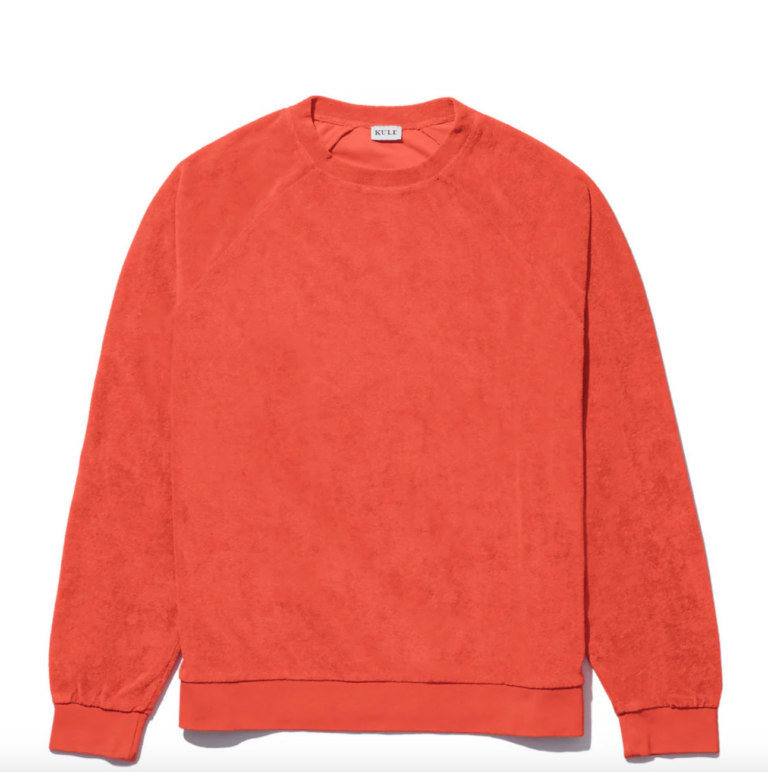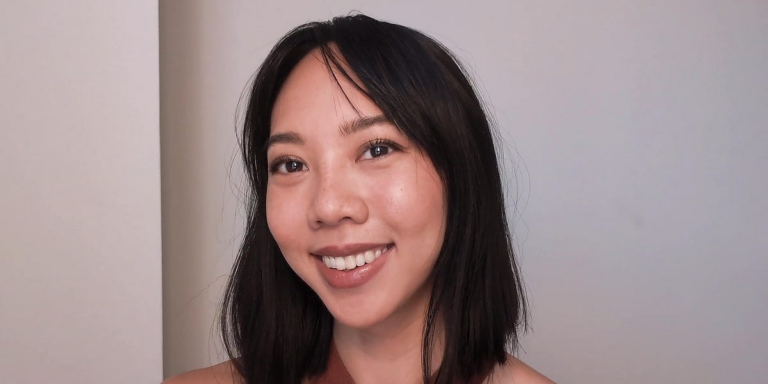Places I’ve lived, part 4
36 Conselyea Street, 1992-1994
This guy named Charles was my first real post-college boyfriend. We met when I was 24, at a party that my friend Alice brought me to in Park Slope. It was attended by people who were mostly a bit older than me, and who seemed to have already made inroads into their professions of choice—which was, for pretty much all of the people in this particular room, publishing. It was actually a going-away party for someone named R.J., who was leaving his job at the Village Voice to become the music editor at the L.A. Weekly.
The party was, predictably, full of Voice people. In the winter of 1989, which is when I met Charles, he was not yet a Voice person, though he’d go on to have bylines there. But he had friends who were, and the guest of honor, R.J., was his best friend. He was working as a proofreader at a law firm then, and writing about music on the side, a wiry, sharp-jawed southerner, with an accent as thick as you please. He wasn’t especially handsome—he reminded me of the joke about how rock critics love Elvis Costello because they mostly look like Elvis Costello—but he had an appealing intensity. And I could tell from the start that he was funny, and remarkably smart. I wasn’t sure there was any kind of spark, though. But he had been so fun to talk to that night at the party that when he asked me out a few days later, I said yes.
We met for our first date at El Faro, a long-gone old-school Spanish restaurant serving largely inedible paella that was located pretty close to where I was living in the West Village. As with at the party, we had a good time with each other. And as with at the party, I wasn’t sure it was much of a love connection. But we kept hanging out, kept having fun, and eventually became a couple.
I have never in my life met as enthusiastic consumer of culture as Charles. He left college a few credit hours short of graduation, and I think he had a bit of a complex about that. His head was constantly full of all the museums, gallery shows, concerts, movies, readings, sculpture parks, books, and illegal dance parties he wanted to see. He’d write everything he wanted to do in tiny ballpoint print on a large index card, starting at the edges and working in until the whole card was covered. Then, once he’d done the thing in question, he’d scratch it out so that it was entirely illegible. I once heard that a girlfriend of his got one of the blacked-out index cards framed—and indeed, they were, in their way, works of art.


